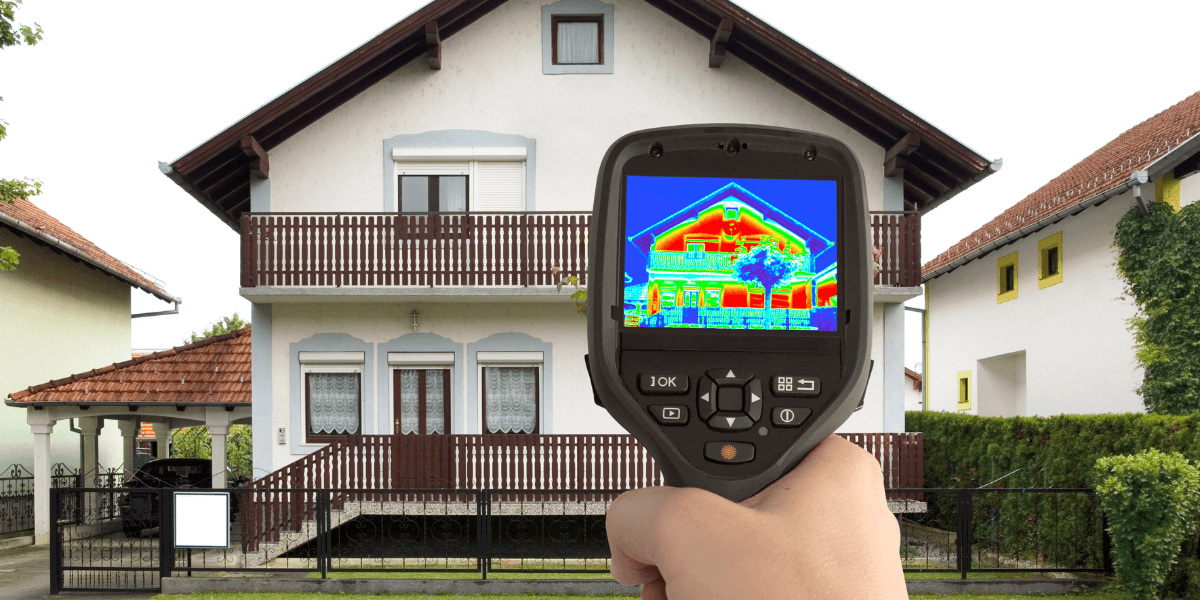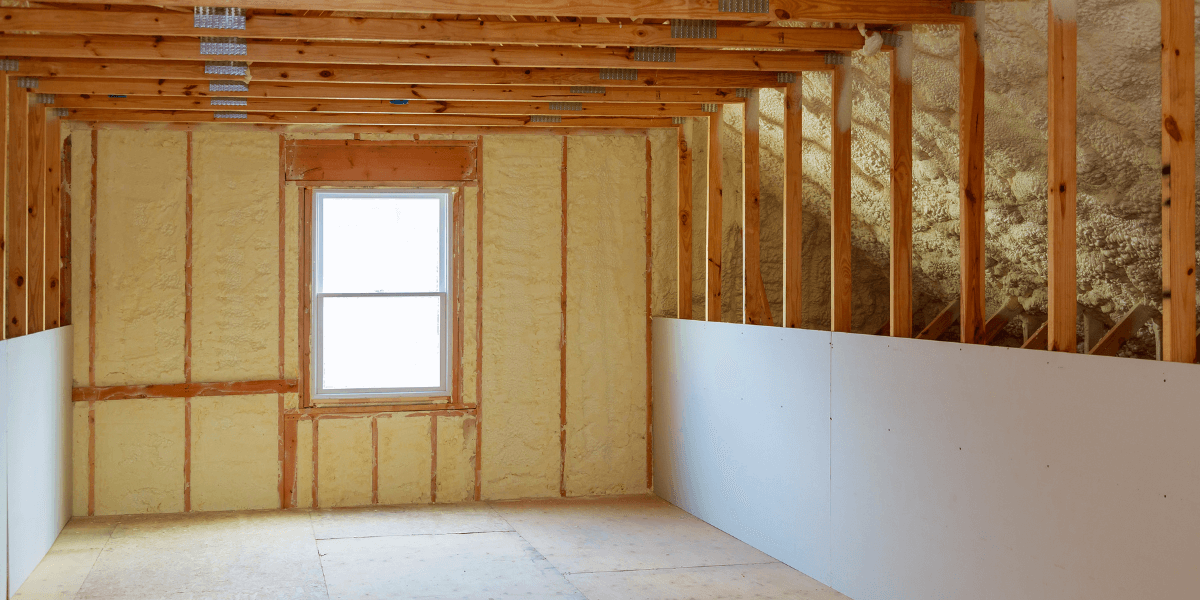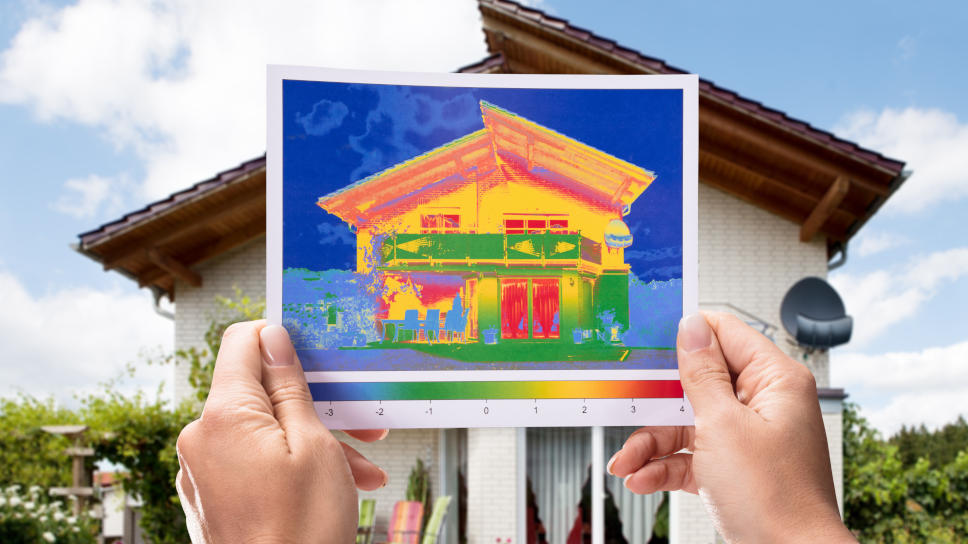What is a thermal bridge and how to locate it?
A thermal bridge is an area in the building envelope that has poorer thermal insulation compared to the adjacent surface. The heat then escapes from the interior to the exterior, causing a drop in temperature and an increase in heating costs. In places where thermal bridges are found, the temperature is significantly lowered, which contributes to the formation of fungi and moulds harmful to health.
An effective way to locate thermal bridges is to examine them with a thermal imaging camera and take appropriate images. Thermograms identify places where temperatures vary. They are colour coded: the coldest areas are blue, warm areas are red, and the hottest areas are white. A thermal bridge is marked in white as the place where the outside temperature is elevated.
Types of thermal bridge
There are two types of thermal bridges - spot and linear. Spot bridges are elements in the form of gaps in a wall or a roof. These are usually areas for pipes, bolts or local systems. They do not pose a considerable risk, as relatively little heat escapes through these thermal bridges.
Linear bridges are a much bigger concern for householders. They contribute to a significant escape of heat from the interior and occur in multiple locations. They most often occur as:
- thermal bridges at windows and doors,
- thermal bridges in the attic and the ceiling,
- thermal bridge in a wall corner,
- thermal bridges on the façade, in the basement and at the foundations.
As they pose a significant risk to occupants and the structure, care must be taken to eliminate them as quickly as possible.
Why are thermal bridges undesirable?
Thermal bridges are associated with a number of undesirable effects and consequences for the occupants. The biggest problem is the loss of heat, especially in winter. The comfort of living decreases, whereas the costs of heating increase. Another problem, resulting from thermal bridges, is the dampness of walls. In combination with low temperatures, they create an environment conducive to the development of fungi and mould. This situation becomes dangerous especially for allergy sufferers and children.
Incorrectly insulated areas let moisture pass through and damage the remaining insulation, causing it to lose its properties. This, in turn, contributes to an increase in heat escape. The foundationsare the most exposed element of the house to dampness. Not only does the development of fungus in this area adversely affect the climate inside, but also the stability of the house structure.
How to get rid of thermal bridges?
Thermal bridges pose a serious threat to inhabitants, so it is worth preventing their formation. If you decide to insulate your house, you need to choose the right thermal insulation material. Polyurethanefoam is the most effective one as its flexibility allows it to fill even the smallest gaps and inaccessible locations.
Where can thermal bridges occur? Balcony and window areas are particularly vulnerable to heat loss. It is equally important to properly protect walls, foundations and roof. Polyurethane foam, e.g. Purios H, will perfectly protect each element and each room. It is the best method of thermal insulation available on the construction market.



 This website uses cookies. By using this website, you consent to the use of cookies in accordance with your browser settings.
This website uses cookies. By using this website, you consent to the use of cookies in accordance with your browser settings.